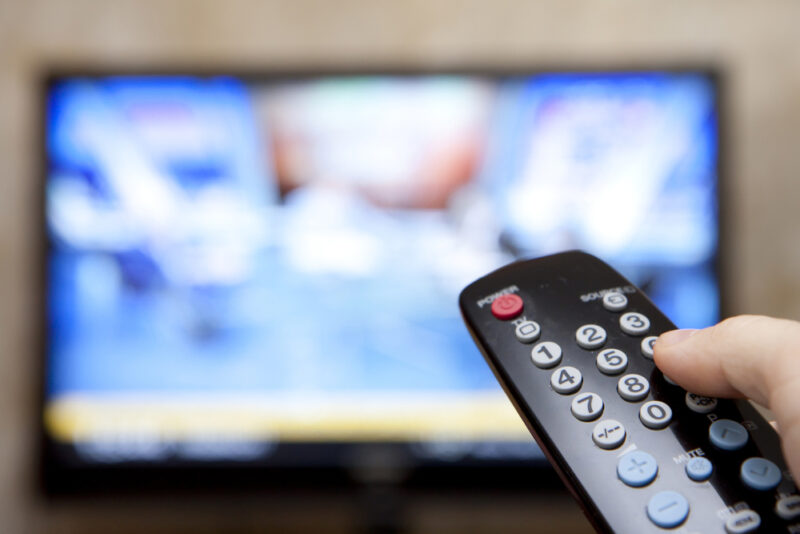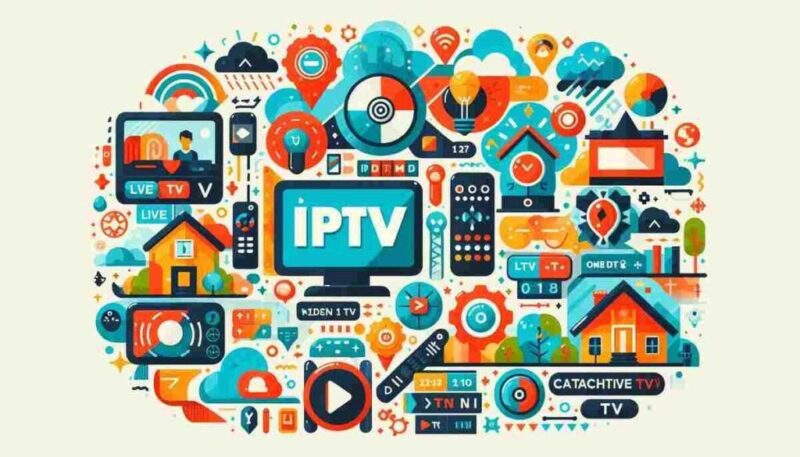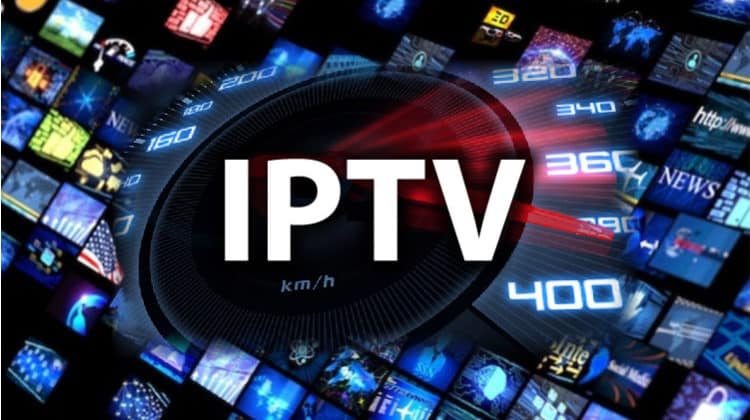When thinking about how we consume TV today, it’s clear that things have changed dramatically. We’re no longer stuck to just traditional cable or satellite services. IPTV is a key reason for this shift. But how does it work? I’ll explain that in detail so you can understand the technology behind it.
IPTV stands for Internet Protocol Television, which means you can watch shows, movies, and live broadcasts through your internet connection. It may sound complex, but once broken down, it’s straightforward.
What is IPTV?

IPTV uses your internet connection to deliver television and video services. Unlike cable, which requires wiring and physical infrastructure, IPTV brings shows through internet protocols. With the right service, you can stream live TV or watch on-demand shows through a stable network. Platforms like Sverige IP TV offer services that provide high-quality channels and movies in various formats, including up to 4K resolution, which enhances the viewing experience.
The most basic function of IPTV is to convert video into digital data. That data then gets transmitted through the internet. The device you’re watching on, whether it’s a smart TV, tablet, or phone, decodes that data and displays the video for you.
How Does IPTV Work?
First, you need a reliable internet connection. IPTV depends on internet speeds to deliver videos, unlike older TV models that relied on satellites or cables. The stronger your connection, the better your experience will be. Video is sent in small packets of data that travel across the web to your device.
Another thing you need is a service provider. Some offer access to live channels, others focus on on-demand libraries of shows and movies. Internet Protocol TV works by using streaming protocols that allow the video data to travel in a steady stream. If you’ve watched Netflix or any other streaming platform, you’ve used similar technology.
Types of IPTV Services

These services generally fall into three categories:
- Live TV: You can watch TV in real-time, just like traditional broadcasts. With live IPTV, channels stream live through the internet instead of satellite or cable lines.
- Video on Demand (VOD): You choose what to watch, when you want to watch it. VOD libraries hold thousands of movies and TV shows, which you can browse at your convenience.
- Time-Shifted Media: This is where you can rewind, pause, or catch up on past TV broadcasts that you missed.
Each type of service works through the same fundamental technology. IPTV captures data from broadcasters or content creators, converts it into a streamable format, and delivers it directly to your device.
What Devices Can You Use?
One of the greatest advantages of IPTV is the flexibility in devices. You can watch on a smart TV, mobile phone, computer, or tablet. As long as you have an internet connection, you’re able to access content from anywhere. Many services offer apps that you can download to your device, making the viewing experience even easier.
Smart TVs usually come with pre-installed apps. On other devices, you might need to download an IPTV player. Some even use set-top boxes to help bring Internet Protocol TV into traditional televisions. The important factor is that any device capable of decoding internet data can stream content through IPTV.
Benefits of IPTV Over Traditional TV

The flexibility and customization options of IPTV are appealing. With traditional TV, you’re often stuck with preset channels and times. IPTV lets you personalize the experience. You can watch any show, from any place, on any device. No more waiting for broadcast schedules or missing programs because of time constraints.
Another benefit is the variety of choices. Traditional TV plans often limit what you can watch based on your provider’s contract with networks. IPTV services, by contrast, offer libraries of content from all over the world. Whether it’s live sports, news, movies, or TV shows, IPTV has a wide range of programming that fits your interests.
You also get better picture quality with IPTV. Providers offer content in up to 4K, giving you a crisp and clear viewing experience. And because IPTV is online, the service usually has better uptime compared to satellite or cable, which can go out during bad weather.
Challenges of IPTV
There are, however, challenges to IPTV. The most common issue is buffering or lag. If your internet connection isn’t fast enough, the video may freeze, pixelate, or delay. That can be frustrating, especially during live broadcasts or important shows.
Another issue comes with bandwidth. Since IPTV relies on the internet, it can consume a large portion of your available bandwidth. That’s especially true if you’re streaming high-definition or 4K content. If you have multiple devices connected to your home network, the stream may slow down.
Conclusion
As more people shift toward internet-based services, IPTV will continue to grow. The demand for on-demand services, customizable packages, and higher quality content will push providers to innovate. As long as internet infrastructure improves, IPTV could become the dominant form of television.
In conclusion, IPTV offers a more flexible, high-quality viewing experience compared to traditional cable. With an increasing number of channels, movies, and shows at your fingertips, it’s no surprise why more people are switching. All you need is a fast connection, the right device, and a service provider. Whether you’re watching live TV or on-demand shows, IPTV delivers it all through the power of the internet.


